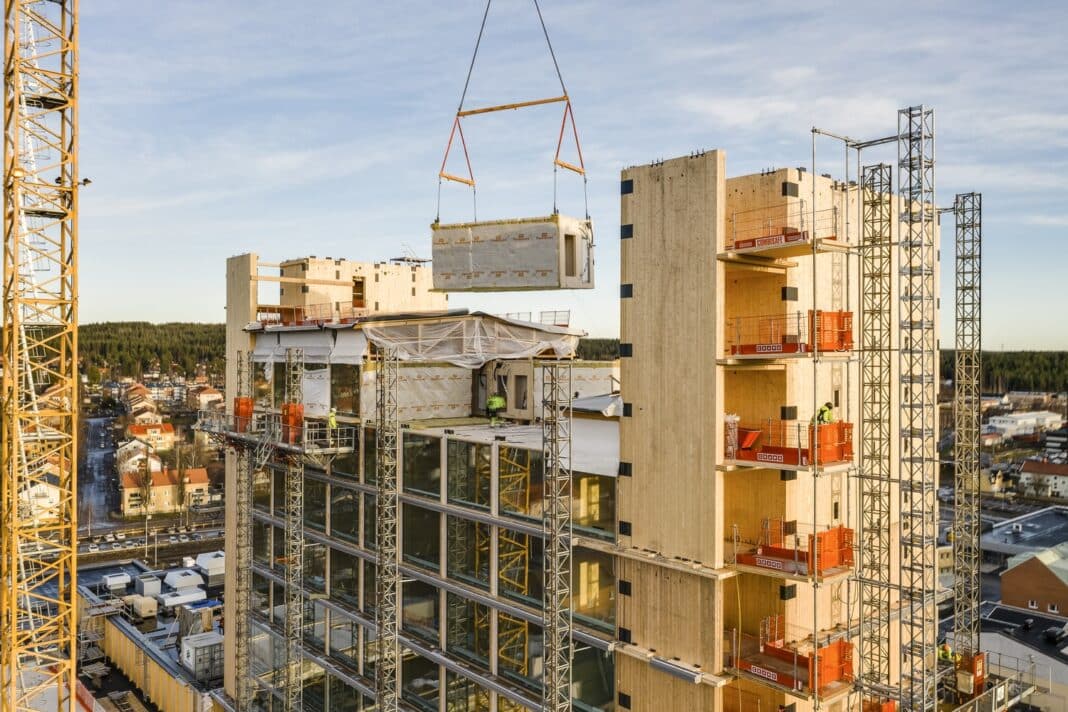Mass Timber pioneer Michael Green contends that while mass timber construction represents a crucial advancement towards sustainability, it should not be mistaken as the end-all solution. Green, the founder of Michael Green Architects based in British Columbia, Canada, has been a forerunner in promoting timber as a construction material.
He warns architects not to view themselves as sustainable solely because they have designed a mass timber building. Speaking to Dezeen magazine as part of the Timber Revolution series, Green said:
“There’s no such thing as being a sustainable architect.”
Pushing the boundaries with Mass Timber
He considers mass timber as the most superior choice currently but urges architects to continue pushing boundaries.
Green sees the increasing use of mass timber as proof that the construction sector is capable of transitioning to renewable and eco-friendly materials. Nevertheless, he stresses that solving the industry’s problems of overbuilding and waste requires more than this shift.
Green stated, “All buildings have a long way to go before they’re even remotely sustainable.”

Having worked on various mass timber projects, such as T3 in Minnesota, Green admits that he once championed steel and concrete architecture. However, after experiencing the European mass timber movement, he founded his own company dedicated to environmentally conscious methodologies.
Reliance on Steel, Glass and Concrete is antiquated
Green argues that the reliance on steel, glass, and concrete by modernist architects is now obsolete. He foresees a future where all buildings are constructed using bio-based materials and labels architects who don’t adopt this mindset as “dinosaurs.”
“We are Mother Nature’s revolution, not the industrial revolution.”
Michael Green of Michael Green Architects
Mass Timber is a milestone on the path
He believes architects play a critical role in shifting perceptions of what can be achieved, with mass timber serving as just one step towards incorporating biomaterials in all facets of the built environment. To create a lasting impact, the mass timber movement must transform into a comprehensive, global approach to inventive construction that takes local ecosystems into account and reduces superfluous building.

Green recognizes that mass timber may not be the ideal solution for every region, as some areas either lack forests or have severely threatened forests. Consequently, his current work concentrates on alternative resources, including grasses, bamboo, and other plants.
- With extracts from Dezeen Magazine.







